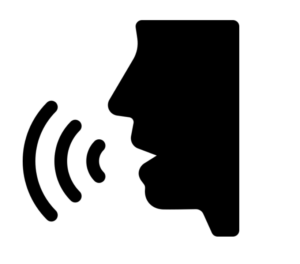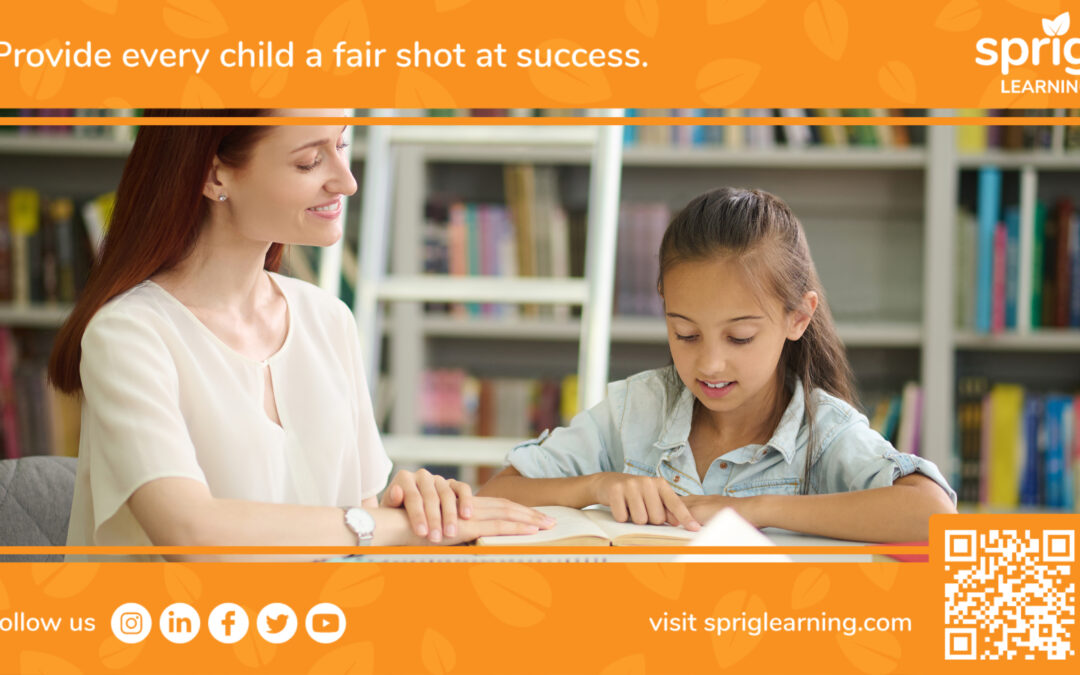Reading is an essential skill for success for all learners.
Not all students develop reading skills at the same pace, however. Therefore, teachers need to be equipped with the right tools and resources that support all students to receive the right instruction, at the right time, and at the right level.
The science of teaching reading involves effective reading assessments, explicit reading instruction, and targeted reading interventions. In this blog post, we will explore each of these elements and how they can enhance student reading skills.
Effective Reading Assessment

A critical step to understanding your students’ learning needs, strengths and interests is to enable an ongoing assessment of their reading skills.
There are hundreds of foundational skills students need to master to become a strong reader. Without an effective assessment of these skills for every student, teachers lack the information and understanding required to support their students to improve their reading skills.
There are several types of reading assessments, including screeners, diagnostics, progress trackers and outcome evaluators. All are important for student success. It’s necessary that a teacher is equipped with the right tool (or tools) for these types of assessments.
For example, a teacher may require an assessment tool for screening particular reading skills or challenges that the student is suspected of, for example, dyslexia.
Subsequently, they may need a tool that diagnoses reading ability at various checkpoints throughout the school year.
Teachers can also benefit from assessment tools that monitor student progress in a number of reading skills throughout the course of the school year to track improvements and identify skills that require additional support and nurturing.
Lastly, a school system may wish to assess reading skills using standardized tests or other measures to support professional development and curriculum development.
There are some specialized assessment tools, which cover one of these purposes (i.e. screeners), but there are also many tools that support multiple purposes and classroom practices.
Ultimately, schools and educators should choose assessments that best fit their students’ needs. By using effective reading assessment, teachers can identify a student’s strengths and needs in reading, which is essential for designing effective reading instruction.
It’s important to note that assessments should be used as a tool for identifying areas where students need additional support and not as a means to label or diagnose.
Every student is unique. When teachers are able to get a comprehensive and holistic understanding of their learning strengths, needs, interests, background and opportunities as early as possible, they are able to provide students with an early learning experience that is most conducive to reading achievement.
Age-appropriate Assessment
When it comes to assessing early literacy skills in Pre-K to 3 students, it’s important to use age-appropriate assessment tools. According to the National Early Literacy Panel, the best predictors of later reading success are: measures of phonological awareness, alphabet knowledge, and rapid automatized naming (RAN).
Assessment tools used in early childhood classrooms to assess foundational skills, like the ones mentioned above, are extremely beneficial for teachers.
How often do you measure foundational reading skills?
It’s also important to note that assessment tools which are administered two to three times a cannot truly be classified as a formative assessment tool, which should look to measure weekly progress of the foundational skills, if not daily!
Explicit Reading Instruction

As teacher’s gain insights from daily and weekly assessments of reading skills, they must translate that information into the delivery of explicit reading instruction.
This means providing instruction that is clear, direct, and focused.
Explicit reading instruction should be systematic and scaffolded to ensure that students can learn and apply new skills and strategies.
One effective approach to explicit reading instruction is the gradual release of the responsibility model. This model involves the teacher modeling a skill or strategy, followed by guided practice, and then independent practice. This approach allows students to learn new skills and strategies while receiving the necessary support and feedback from the teacher.
This process is critical as it sets the stage for assessment, instruction, and assessment again to gauge progress. By assessing students’ learning after instruction, teachers can make informed decisions about how to adjust instruction to best support each student’s reading development.
Choosing The Right Learning Content and Resources
Explicit reading instruction in Pre-K to 3 classrooms should focus on developing the foundational literacy skills such as phonemic awareness, phonics, fluency, vocabulary, and comprehension.
It’s important to use engaging and developmentally appropriate materials to keep students motivated and interested in reading.
Overall, when it comes to teaching early literacy skills in Pre-K to 3 classrooms, it’s important to use a comprehensive approach that incorporates both explicit instruction and playful learning experiences.
It is very helpful when it is mentioned how certain concepts can be instructed explicitly in the classroom by using certain learning strategies, many of which are quite playful!
Appropriate Reading Intervention

Even with proper reading assessment and explicit reading instruction, some students may still struggle with reading. In these cases, it is essential to provide the right reading intervention.
Reading intervention should be evidence-based, meaning that it is based on research that has proven to be effective.
One evidence-based reading intervention is the Orton-Gillingham approach, which is a multisensory approach to reading instruction. This approach involves using multiple senses to teach phonemic awareness, phonics, vocabulary, and comprehension.
Whatever the intervention approach is, it should be timely, and assessment should be formative. Early literacy gaps must be closed quickly. There should t be a plan for how quickly the students will be reassessed!
In-class Intervention or Program?
In Pre-K to 3 classrooms, reading intervention should be evidence-based and focus on the specific areas where students need support. It’s important to note that early intervention is key to preventing reading difficulties from becoming more severe and persistent later on.
It is often best to have these interventions as a part of the teaching process in tier 1 and tier 2 instruction.
Such intervention approaches built into classroom instruction (both core instruction and small-group differentiated instruction) will always be more efficient and cost effective than intensive programs which work with too few students, and usually at a time when it is too late for help.
Putting It All Into Action

The science of teaching reading may seem complex and multifaceted on the surface. But by breaking it down into its essential components, an action plan can be developed by any educator to make an immediate impact on their students’ learning!
By using proper reading assessment, explicit reading instruction, and appropriate reading intervention, teachers can enhance their students’ reading skills and set them up for success in school and beyond.
Indeed the role of reading assessment, teaching strategy and appropriate interventions may be more nuanced depending on the exact foundational skill set or sub skill that the explicit instruction is delivered on.
For that, there are experts who have invested decades in researching the most effective ways to improve reading skills for all types of learners.
Luckily, there’s a fantastic opportunity to dive deeper into this topic and learn from some of the top experts in the field.
The upcoming virtual Summit, “The Science of Teaching Reading: Promising 90% Early Literacy Success (JK to 3) ” will offer short keynotes and workshops that address key classroom-based questions.
You’ll hear from the likes of Dr. Anne Cunningham, Dr. Tim Rasinski, Dr. Maria Walther and who will cover topics like phonics and phonological awareness, fluency and comprehension, and playful practice centers.
Learn from some of the best in the field and improve your students’ reading abilities. Register now for the August 30, 2023, Zoom Summit, and enhance your understanding of the science of teaching reading.
Image by zinkevych on Freepik

